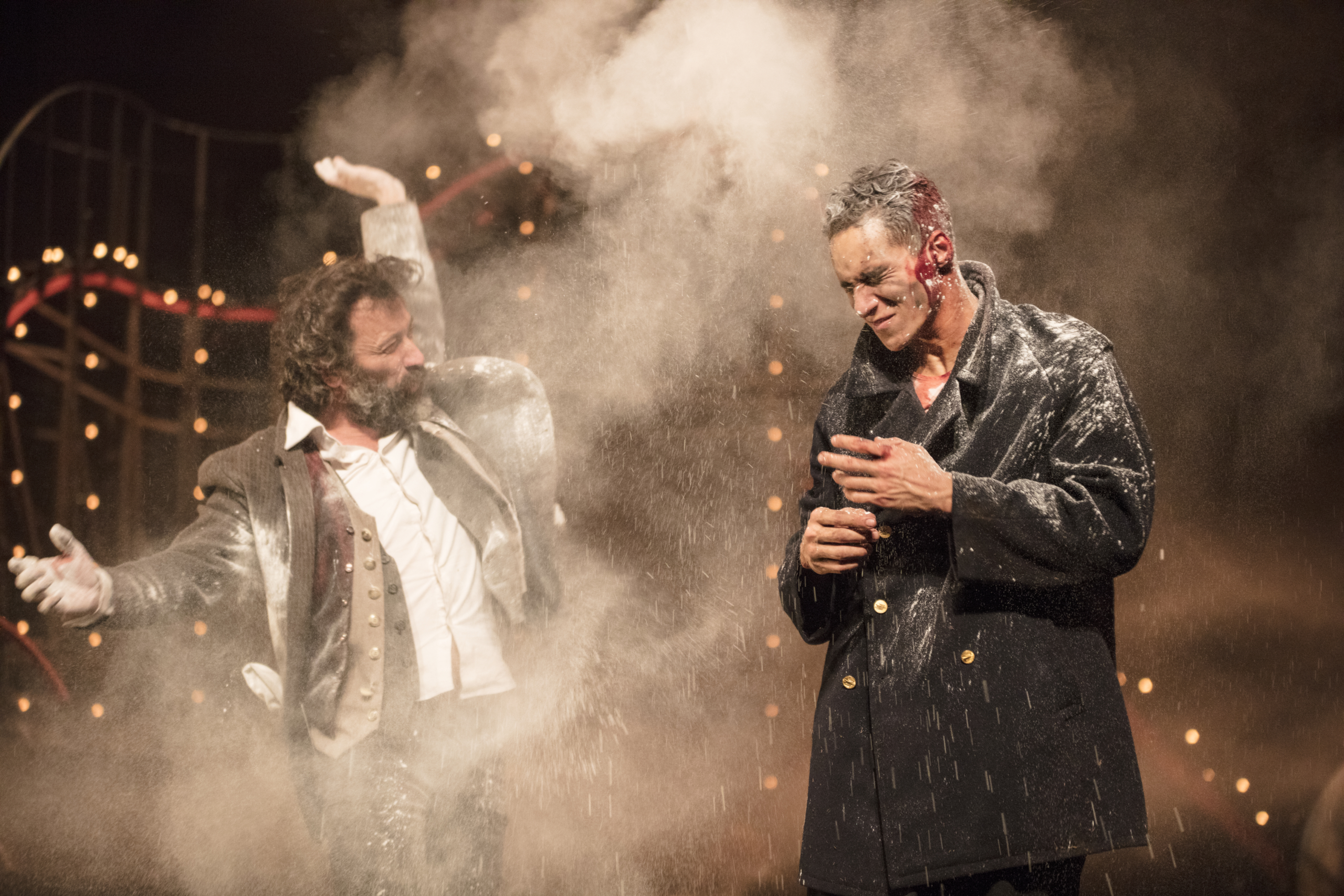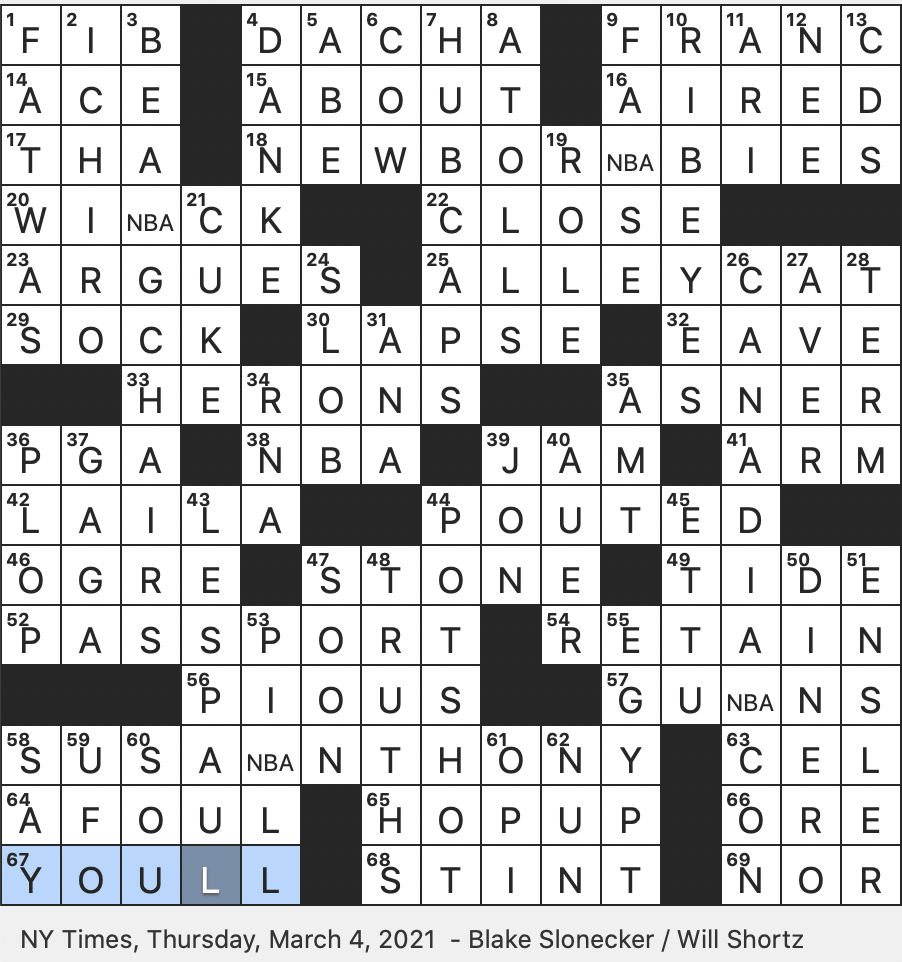

There’s two questions here: one is whether one of the notes is “correct.” In the absence of the final holograph, it is moot. I hope that my observations, humble though I admit they may be, fall under the consideration of Henle G. Nohl may have changed it by accident or for theoretical concerns, but whatever his reasons, he disobeyed Beethoven’s writing, and for that his choice is not “Urtext”. It’s not as though the ink from Beethoven’s E spilled into the D – it can’t be read as any other note. Having said that, the D that Beethoven wrote doesn’t appear anywhere near the E above it. If so, the D that he would have written would appear very close to the intended E, since those notes are so close together on the staff anyway. My theories aside, let’s imagine that Beethoven really did want to write an E and that the D is a mistake. If Nohl were correct, the alto would probably be singing E-E-E, which, again, sounds monotonous and less interesting.įurthermore, Beethoven is clearly interested in the passionate leap of a 7th since he develops that interval further in the proceeding bars in the r.h., from G-F, F-G, etc.

line reducible to two voices, the soprano moving C-B-A, and the alto, a sixth lower, moving E-D-C. What I personally find more interesting about the D is that even if it doesn’t really sink to the C below (or “Sea” below…ha, get it? Don’t – it’s awful), it psychologically makes the r.h. Beethoven intentionally leaves out the C in the next chord in order to make the arrival to “C” major more gratifying, thereby anticipating the entrance of a new key. (If we replace the note under discussion with the D’s and E’s an octave higher, the D clearly sounds more melodic.)Ģ. The resolved C comes an octave too high, making the skip of a 7th – that Beethoven develops later – just a juxtaposed “step”. This could mean a few things, including:ġ. But even more interesting, this D doesn’t resolve to the C below it. Perhaps Nohl considered this “wrong”, being out of line with common practice, which is why he “corrected” it to E. Not only does the D make the harmony more interesting, but the melody too, since it jumps a dissonant interval. The V7 chord is more dissonant and expressive than a simple V. First of all, there’s already are already two E’s in the l.h., so another e in the melody seems redundant. So we are now faced with a tricky question: If we are to believe Nohl, did Beethoven systematically replace the seventh with the root at this place in his autograph? Or did Nohl make a mistake, meaning that we should edit the text as it has been transmitted in Beethoven’s draft – that is with d¹? We decided on the latter, and are still wondering whether the autograph will reappear one day to give us the definitive answer. Shortly afterwards Beethoven’s manuscript disappeared once again and is still missing today – meaning that Nohl’s edition is the only testimony we have of the text in theĪutograph. He had discovered the autograph of the up-to-then unknown composition and issued the piano piece as “Für Elise” in 1867. The note e¹ on the other hand is to be found in the first printing of the piece, published long after the composer’s death by the Beethoven scholar Ludwig Nohl. The problem is caused – as is often the case – by a contradiction in the sources: the note d¹ can be traced back to a draft Beethoven wrote for the piece that is today housed in the Beethoven-Haus Bonn :

Why in measure 7 and analogous passages is there in some editions the root e¹ and in others – as in our current Urtext edition ( HN 128) – the seventh d¹ to be found as the third from last note? And which is the right one? There are a great many questions surrounding Beethoven’s famous piano piece “Für Elise” – for example the identity of the lady mentioned in the title, which is even today not 100% certain, as she might have even been called Therese and not Elise … Pianists are, however, plagued by one question in particular. College life is the crossword clue of the longest answer.D or e – that is the question … when pianists sit down to play Beethoven’s “Für Elise”.The longest answer is ACADEMIA which contains 8 Characters.Fluffy neckpiece is the crossword clue of the shortest answer.The shortest answer is BOA which contains 3 Characters.There are a total of 64 clues in the NovemEugene Sheffer Crossword puzzle.
COMPOSER EDVARD CROSSWORD CLUE ARCHIVE
If you are done with the NovemEugene Sheffer Crossword Puzzle and are looking for older puzzles then we recommend you to visit the archive page.


 0 kommentar(er)
0 kommentar(er)
